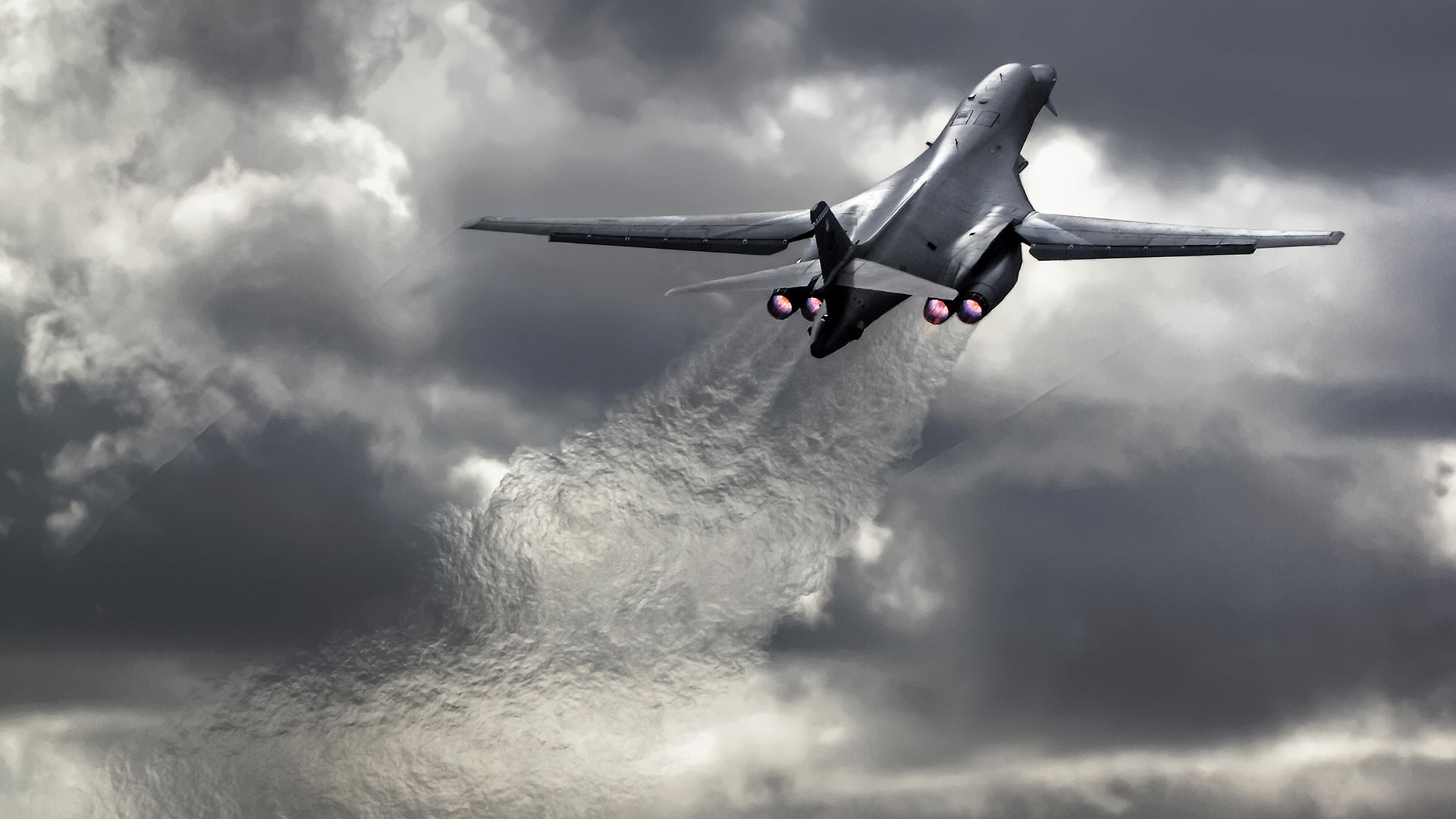If you are a military aviation aficionado, or even interested in military technology at all, the Air Force’s new plan to retire both the swing-wing B-1B “Bone” and the B-2A “Spirit” earlier than originally planned is probably going to be upsetting to some degree. Bombers in particular capture the public’s imagination and interest like no other combat aircraft—and everyone seems to have a favorite. But the harsh reality is that once the new B-21 Raider comes online in the next decade, there won’t be room for four bombers in the service’s portfolio, and quite honestly, there shouldn’t be room for three either.
On February 11th, 2017 Aviation Week reported that the USAF has created an updated “bomber vector,” basically its future roadmap for its bomber platforms, which includes divesting both the B-1B and B-2A fleets fully by the mid 2030s. This development is especially eyebrow-raising for the B-2 community which was slated to serve into the second half of the century and continues to receive an array of upgrades that would supposedly allow it to do so effectively.
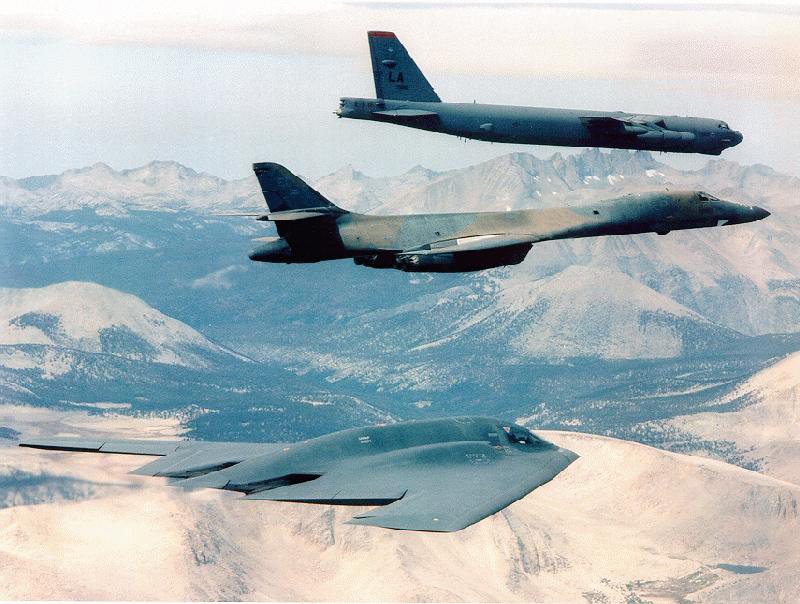
These decisions orbit around what I believe is the most important program in the USAF’s portfolio at this time, the B-21 Raider. Although designated as a bomber, and certainly it will be able to perform those traditional missions, it really is a stealthy, high-flying, multi-mission and highly flexible platform that can reach out over long distances and touch the enemy without relying on nearby tanker support. It can also do so in some very dangerous neighborhoods and survive to do it again the next day. This aircraft will be absolutely critical to future combat operations in a wide variety of scenarios, but especially so for peer-state conflicts that the Pentagon and the Trump Administration have built their new defense strategy around.
The USAF says it needs at least a fleet of 100 B-21s, but many within the service and external to it are calling for a much larger fleet than that.
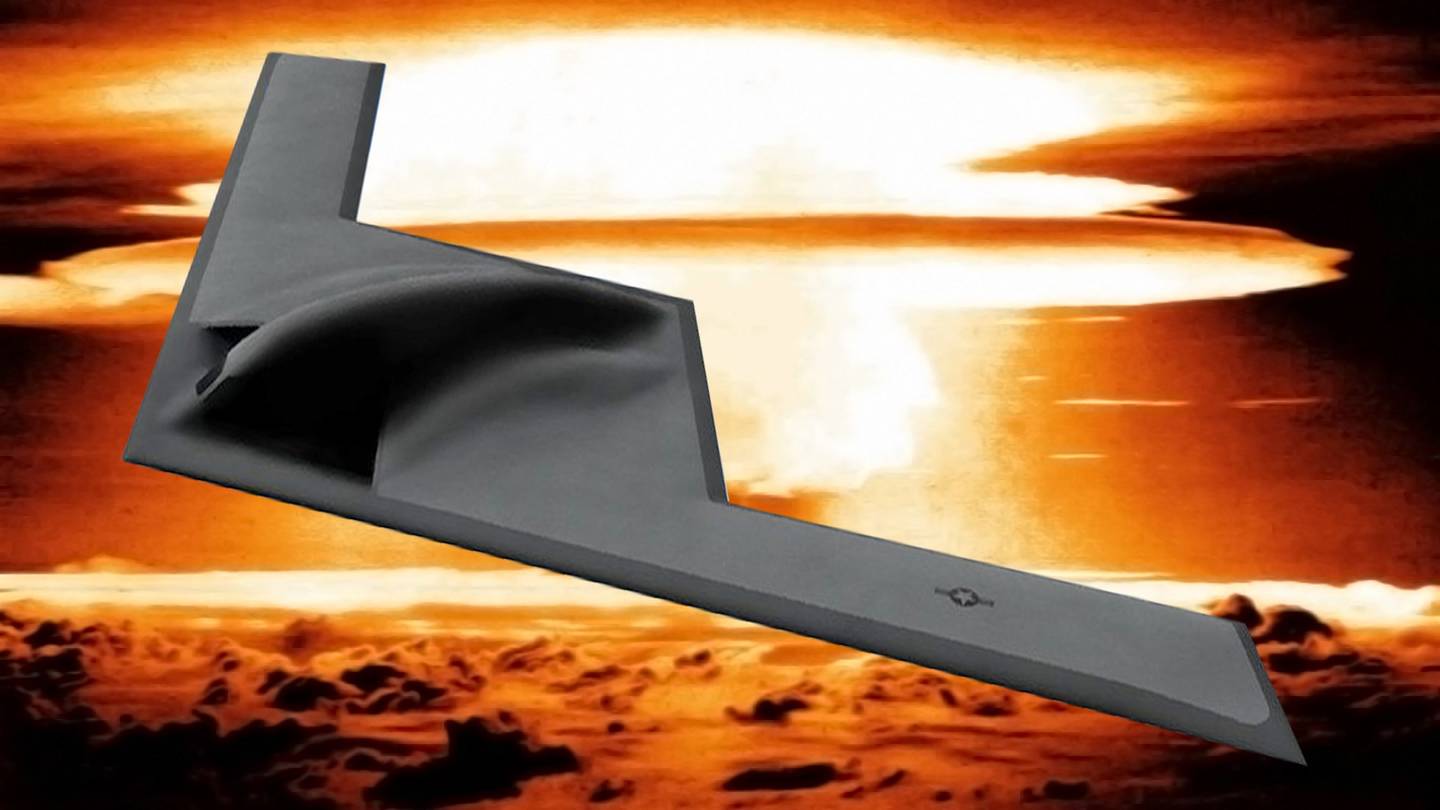
Under the USAF’s original plan, the flying force would hold onto the B-1B till 2040, and the B-52 to around that same timeframe, although the B-52’s future always seemed brighter than the B-1B’s which does not have a nuclear strike mission and is very expensive to operate and historically suffers chronically from low availability (more on that in a moment). The B-2 was supposed to soldier on till 2058 and would operate alongside the B-21 for decades.
Under the new plan, the B-2 would be retired first, no later than 2032—over a decade and a half sooner than in the previous roadmap. The B-1 would be put out to pasture not long after, with it leaving the service no later than 2036.
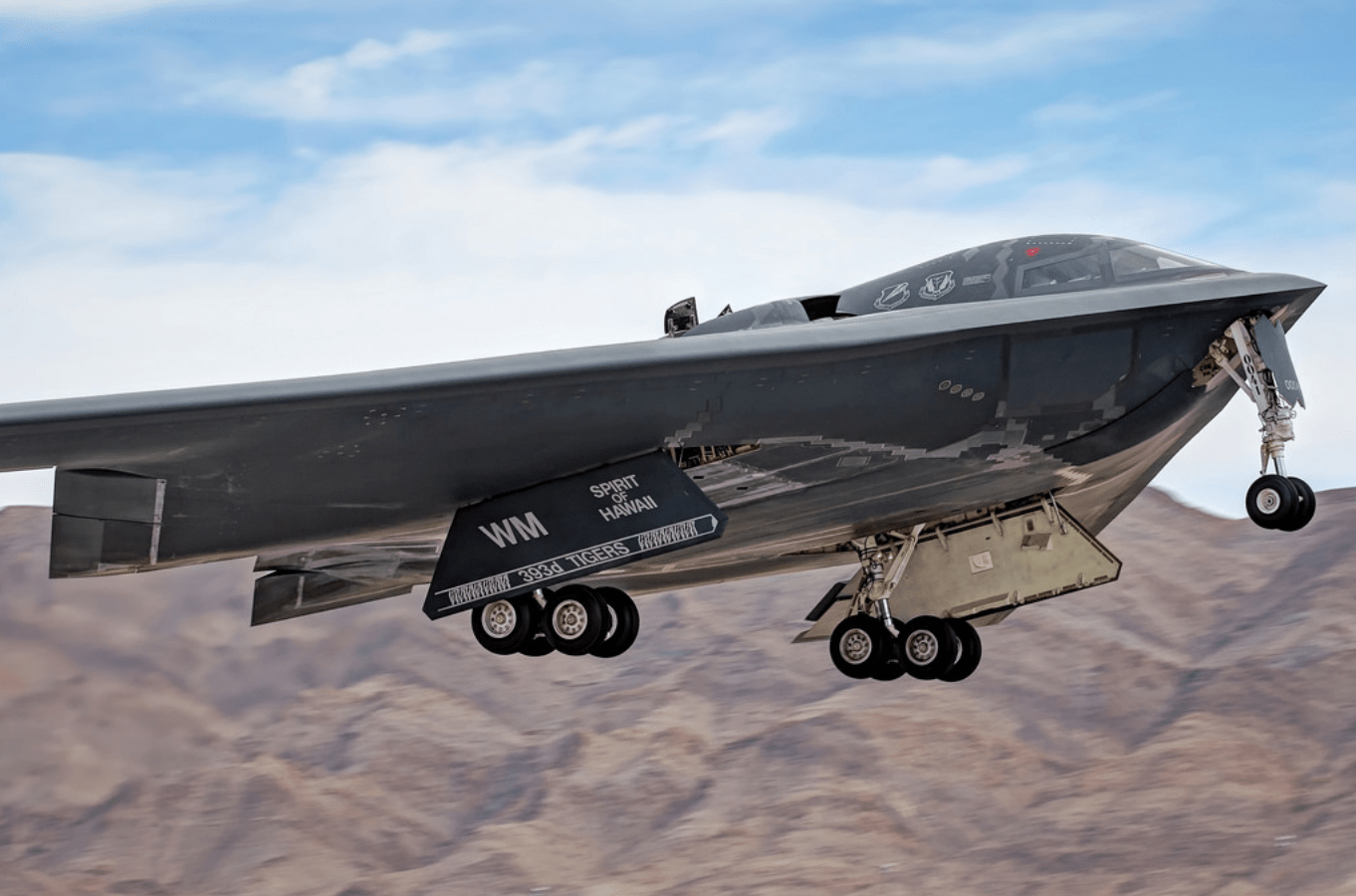
Currently there are 20 B-2s in service, with just a handful of them being mission ready at any given time. There are 60 B-1Bs in the USAF’s portfolio. Assuming the B-21 goes into production sometime in the mid 2020s, it would likely replace these aircraft on a one-to-one basis, with at least 80 B-21s being operational by the time the B-1B and B-2A communities had shuttered their doors sometime in 2036.
The plan leaves the USAF’s fleet of 75 B-52H untouched through the 2050s, with a real possibility that the venerable bomber would reach its 100th birthday while still in service. Overall, the roadmap points to a total force of 175 heavy bombers by the 2040s, made up of B-52s and B-21s exclusively.
Axing the B-2 fleet so early may seem like a severe move, but with a fleet of just 20 aircraft, the type is a “silver bullet” capability that is hideously expensive to operate and ever more challenging to support. Still, the aircraft has provided an incredible capability that no other power on earth has for over two decades, and has proven itself hugely effective time and time again.
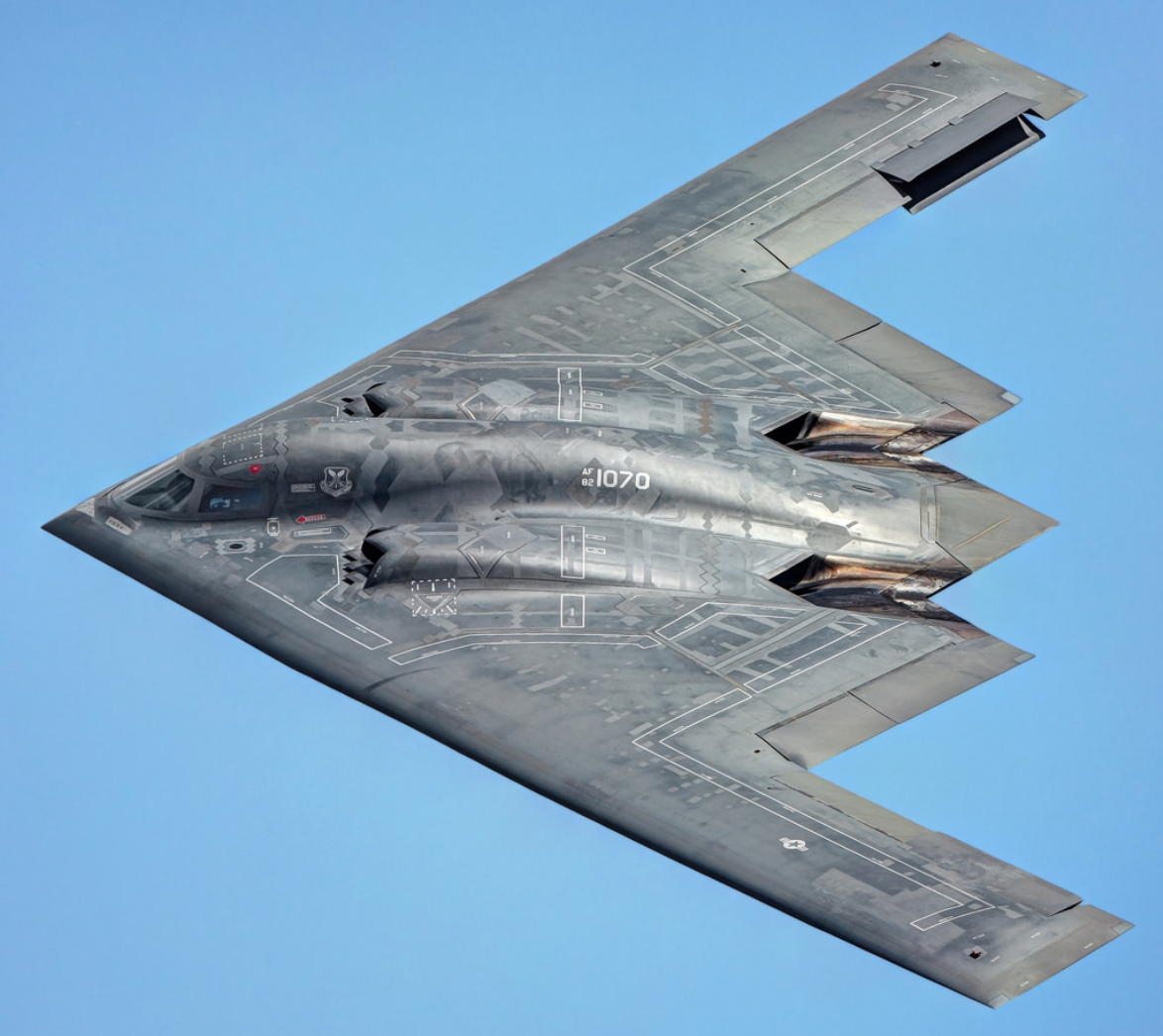
At the same time we have also become very accustomed to viewing the B-2 fleet as an indispensable and rare national treasure that is absolutely worth the cost of sustaining as no other aircraft can do what it can. But once the B-21 is on the ramp that will no longer be the case. And considering that Northrop Grumman is getting the chance to build a B-2 “2.0” of sorts, with all that they have learned from building and supporting the B-2 since its first flight nearly three decades ago, the B-21 is set to leapfrog the B-2 in terms of raw capability.
In other words, in the B-21 the USAF gets greater density and enhanced capability, making the case for supporting the B-2 far less salient than it ever has been in the past. Additionally, the B-21 will be able to benefit from the outgoing B-2’s braintrust and even its infrastructure to some degree.
The B-1B has turned out to be a very capable and flexible asset, but the aircraft has always struggled to find its place within the USAF’s bomber hierarchy. When its nuclear mission was stripped in the 1990s, the big charismatic jet’s future was in doubt. It eventually found success as a tactical bomber during the Global War on Terror, and the addition of the Sniper targeting pod to its avionics suite allowed it to provide close air support in a new and exciting manner. But those abilities and other conventional duties are unlikely to make the B-1B more relevant in an Air Force that has to set priorities to support a new national defense strategy.
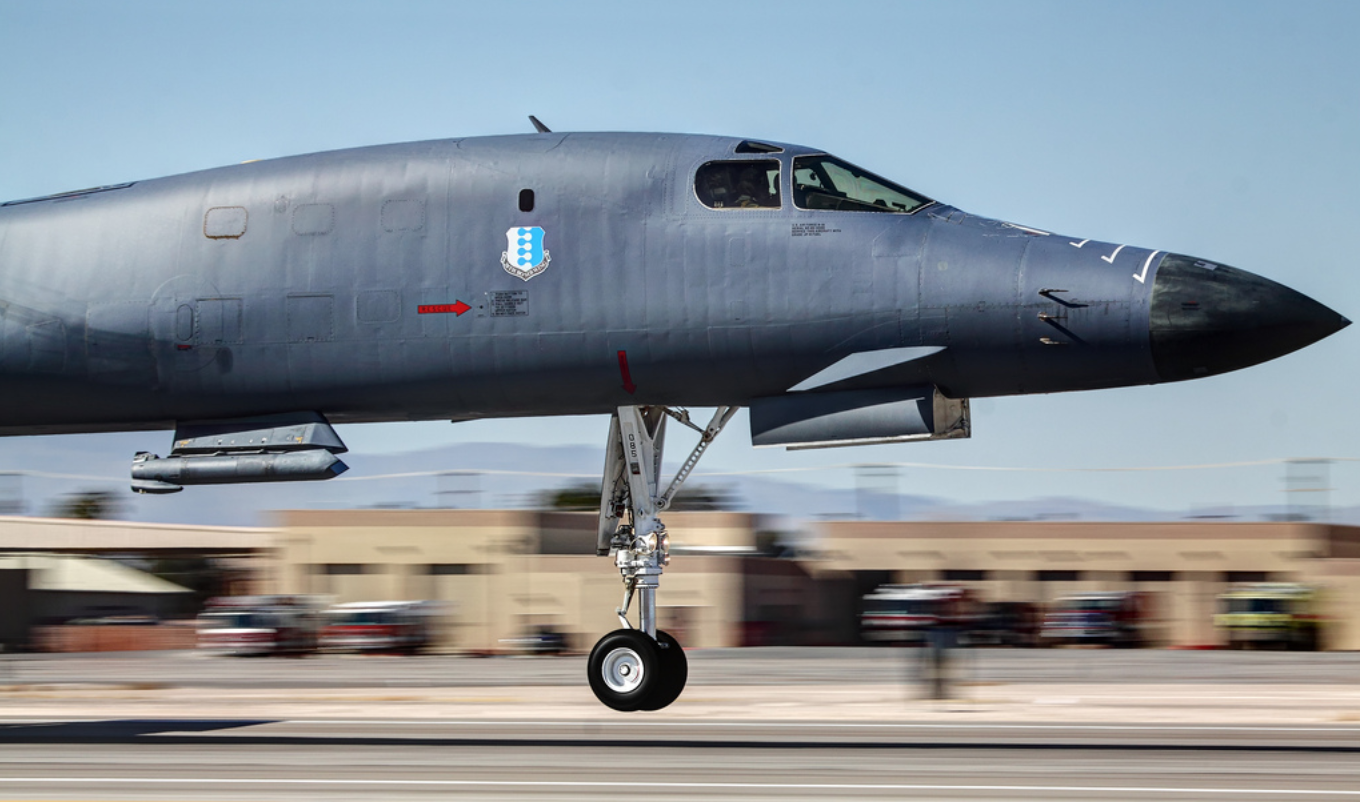
The idea of fielding a bomber inventory of over 250 aircraft made of up four separate types would mean the support footprint for America’s bomber force would have to be expanded massively, and the cost of operating such a diverse fleet simply isn’t sustainable. Under this new plan, the bomber force would still grow from 157 aircraft to 175—and maybe even larger if more than 100 B-21s are procured—but that is a far more manageable proposition considering the fleet is going from three types to just two.
There is no doubt about it, it will be hard to see the B-2 and the B-1 go. But doing so would accomplish three very important things.
First off, it would go a long way to protect the B-21 Raider program and ensure that at least 100 aircraft are fielded. The USAF’s track record with fielding bombers since the B-52 is abysmal, and the B-2 serves as a warning of how a Pentagon death spiral can end up manifesting itself in the worst kind of ways.
Most indications are that the B-21 program is proceeding well and on budget, but considering it remains largely cloaked in a veil of secrecy, we can’t know for certain the exact details of its progress or fiscal stability. But regardless, the USAF needs this aircraft for the threats it will face in the future, more so than other high-profile aircraft programs. So setting a plan now that is realistic as to how the aircraft will be funded and sustained once airframes are delivered is essential to seeing it through to fruition.

Second, this plan will open up funds for the B-52H to get some serious upgrades, most important of which are brand new engines that will not only make the jet more reliable and economical to fly, but will also unlock new payload, range, and airfield performance potential. Paired with a new AESA radar and the upcoming long-range standoff (LRSO) stealthy cruise missile that will probably end up having a conventional capability as well as a nuclear one, the BUFF will remain an incredibly flexible weapons truck for decades to come.
Other upgrades to the Cold War era bomber could include lasers and active missile defense systems that would allow the type to survive along the outer edges of contested combat environments. Maybe it will even get a stand-off jamming payload like the one that has been floated for decades. Such a capability could greatly assist in its B-21 brethren’s penetrating attack and surveillance missions.
Finally, it would mean the B-21 would get a nuclear capability without delay, taking over the penetrating nuclear strike role from the B-2A. The early adoption of the nuclear mission and even unmanned operations by the B-21 is something The War Zone discovered previously in official USAF documents.
This roadmap also vibes with the Pentagon’s new nuclear posture review, which calls for more nuclear delivery options than are currently available. Paired with the new B61-12 nuclear bomb, a large fleet of B-21s could put many targets at risk during a single sortie in a flexible and recallable fashion.
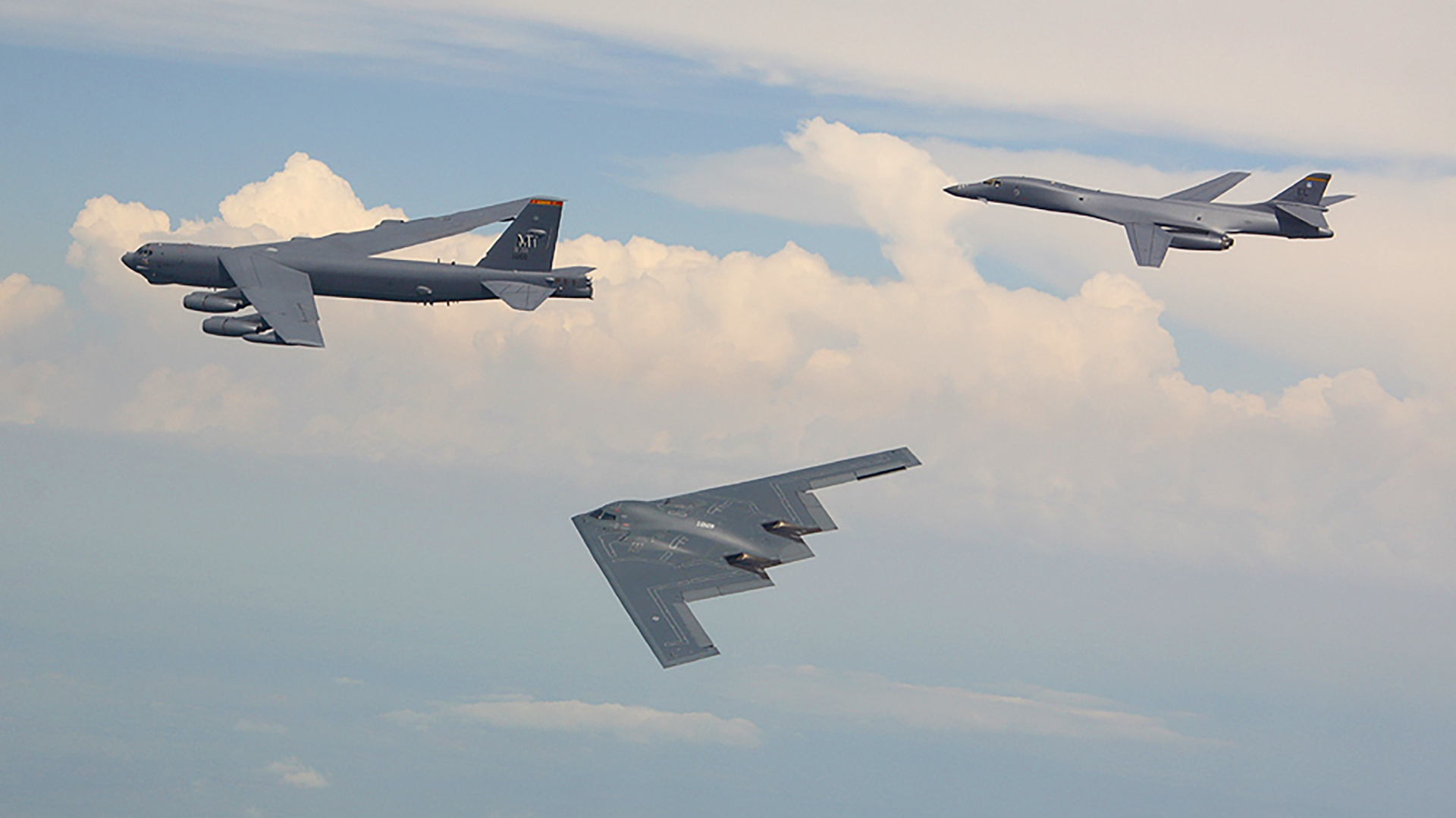
Beyond these three major points, this new “bomber vector” clearly takes into account the metrics behind operating each bomber currently in the USAF’s inventory.
According to the Air Force Magazine, the maintenance hours per flying hour for the three current bombers in the fleet are:
- 74 hours for the B-1B,
- 45 hours for the B-2A, but that doesn’t count the time it takes to keep up its low-observable skin, so it is much higher in reality.
- 62 hours for the B-52H
But what’s most telling are the availability (aircraft can fly) and mission capable rates (aircraft can fly with all combat systems functional) of each platform, with the oldest of the lot far outperforming its peers:
- B-52H averaged an availability rate of 80 percent over the last five years.
- B-1B and B-2A averaged about 50 percent availability.
- B-1B averaged about 40 percent mission capable rate.
- B-2A averaged about 35 percent mission capable rate.
- B-52H averaged 60 percent mission capable rate.
Cost per flying hour for each type are:
- B-1B and B-52H averaged around $70k per hour
- B-2 averaged between $110k-150k per hour and is one of the USAF’s most expensive aircraft to operate
The choice between the B-52H and the B-1B based just on these basic metrics alone is fairly clear, not to mention the B-52’s potential for bettering its numbers significantly with new engines and other smaller upgrades. It is hard to fault the B-2 for its low numbers because it is such a small community airframe-wise and the jets were so cutting edge at the time of production—nobody had ever built a stealth bomber before. But still, the numbers are the numbers, and the B-2 is poor performer based on these critical metrics.
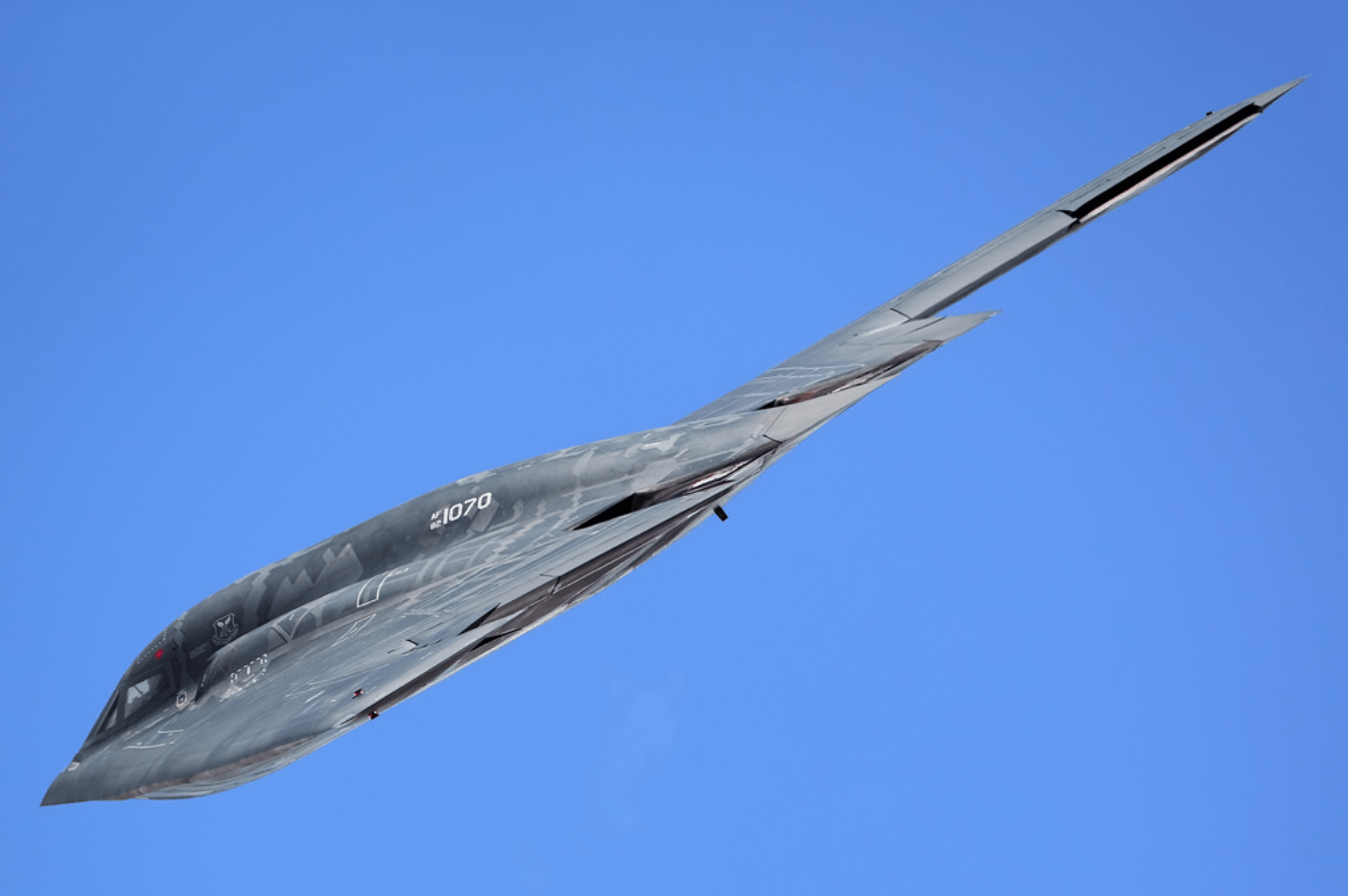
The B-21’s core design initiative has centered on the use mature and semi-mature components and subsystems not only to lower risk and to decrease development time and costs, but also to better ensure support for the aircraft over time. Although many look to history to predict the future as to the B-21’s success, there has never been a program that was so tailored to avoid its progenitor’s fate. Even how the program is being run and by what office are different than traditional procurement methods, as is the fact that its requirements were frozen nearly half a decade ago to avoid mission creep and expensive late-change orders.
Such an order changed the B-2’s design drastically far along in its development and greatly increased its price tag, all for a capability that has never been used (you can read more about this here). Basically the whole B-21 effort is focused on doing anything possible to meet targeted requirements and costs so as to not relive the B-2’s horrific procurement past. None of this guarantees the program outright success, but it is a good set of circumstances to realize it down the road.
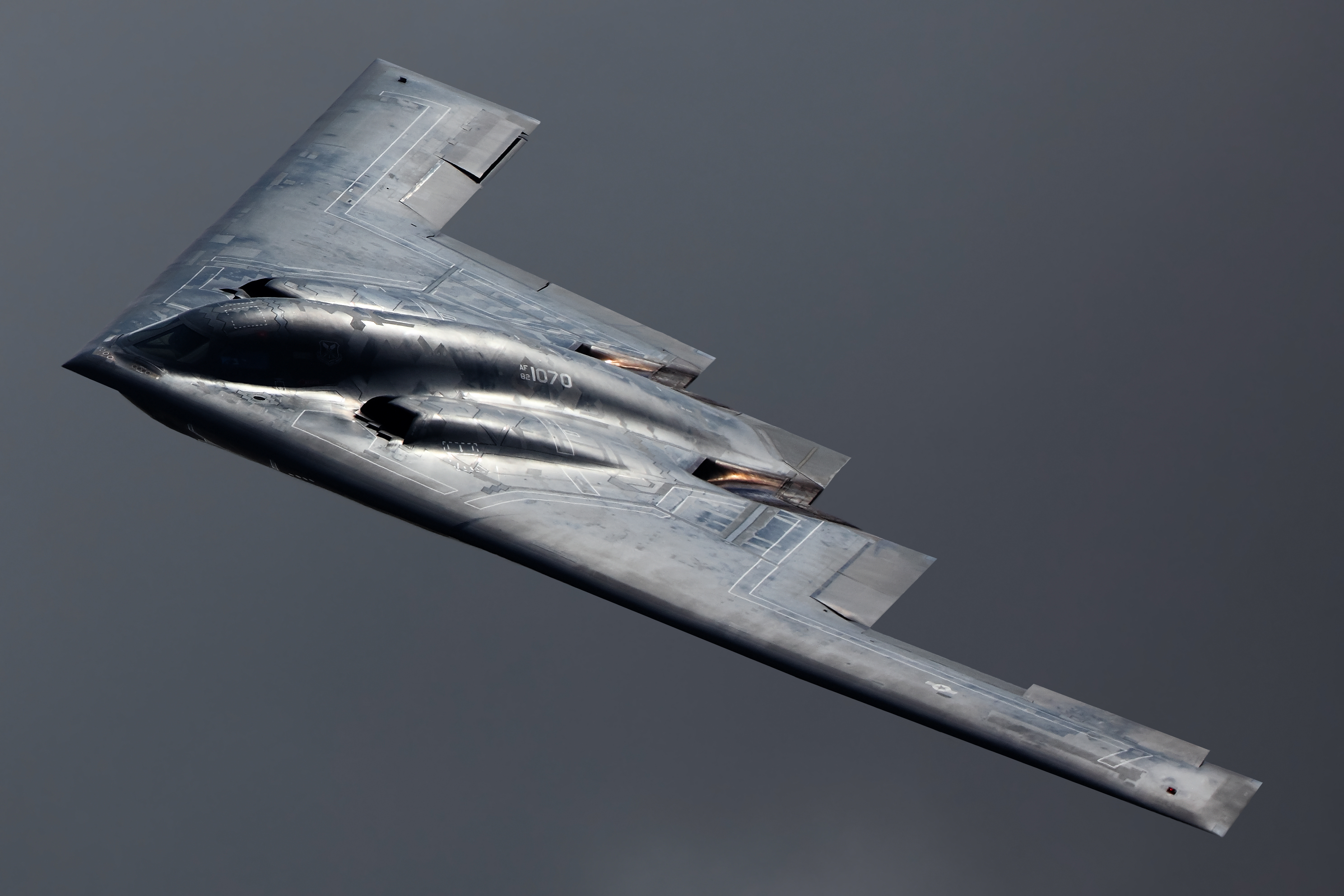
So yes, this is bittersweet news superficially speaking, but it’s also very important news when it comes to making sure the B-21 program meets its production goals. If the USAF would have attempted to go for a single high-end solution, having B-21s replace the entire bomber fleet, that would have been a terrible, albeit alarmingly typical move. Instead they chose the best options for a high-low bomber strategy mix, and that should be commended.
And yes, the big caveat here it that the B-21 will have to perform effectively before the B-2 fleet and even the B-1 fleet draws down, but even if there are developmental hurdles, there is nothing stopping these dates from being moved left or right on the timeline a bit, and I am sure the USAF will say just that.
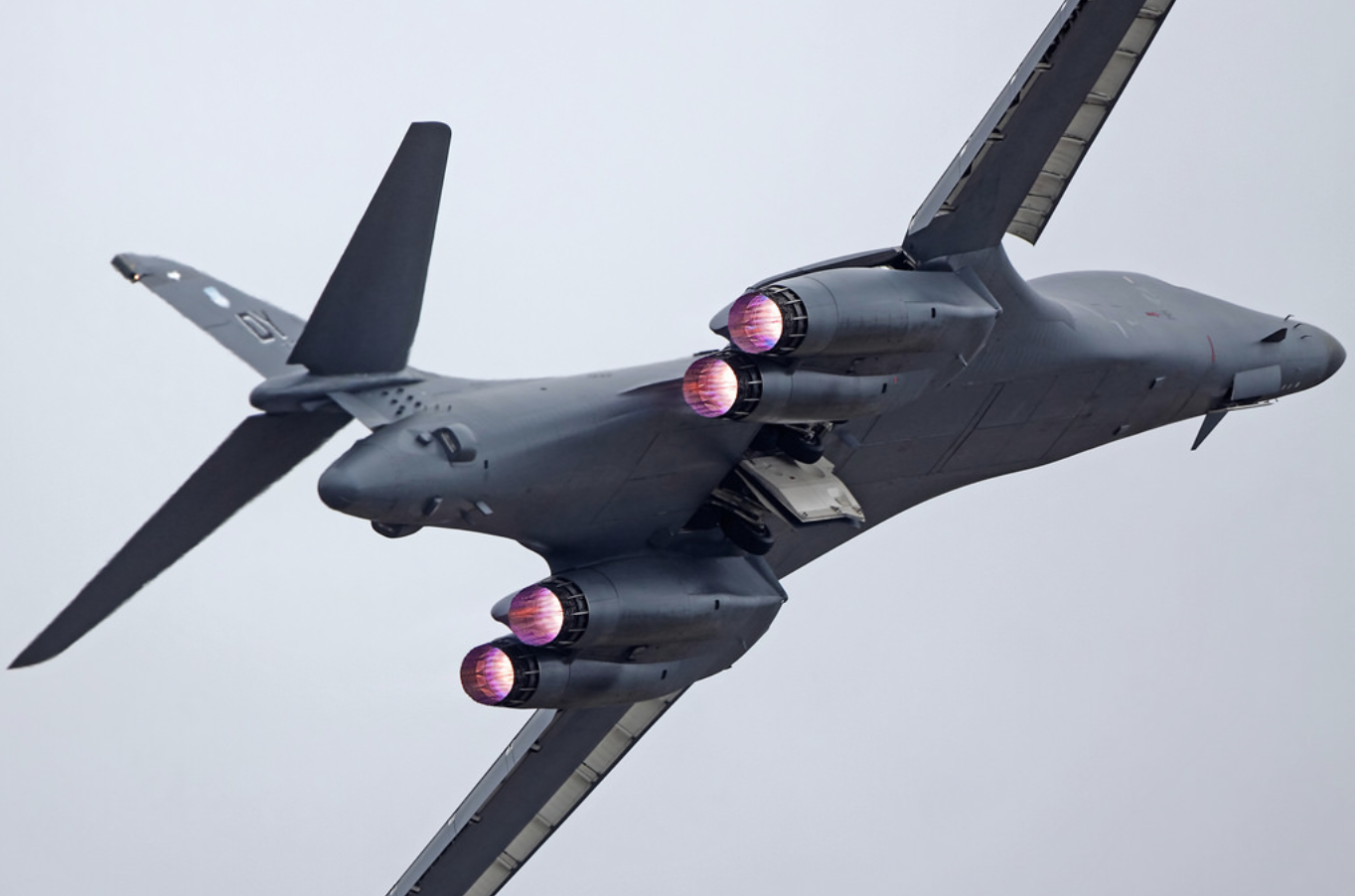
In the end, the USAF has to sacrifice some legendary airframes, but at the same time it finally gets the stealth bomber fleet it was promised—and it will come in a much more mature, reliable, and more capable package than it would have 30 years ago.
Maybe just as important, the B-52H, which has proven to be such an iconic workhorse, gets to become the best aircraft it can be. But above all else, this is actually a rational plan from an Air Force that has proven to be totally irrational over the last decade or so, and serves as a great sign that tough but logical decisions can actually be made from USAF brass once again.
Expect a big B-21 public relations push following the release of this plan, which should happen officially today along with the 2019 budget. Hopefully we may even get our first sight of the Raider sometime soon.
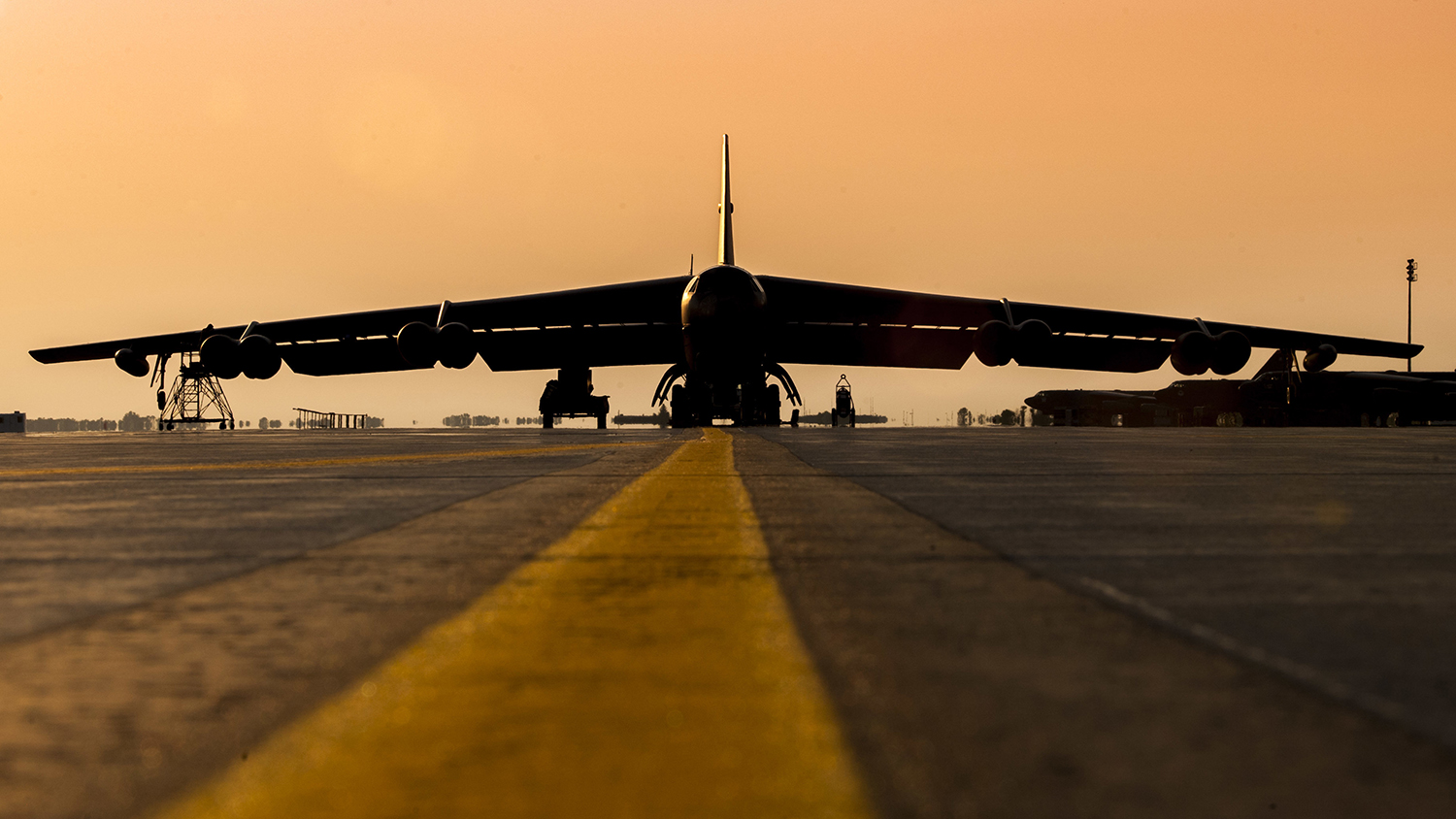
Contact the author: Tyler@thedrive.com
